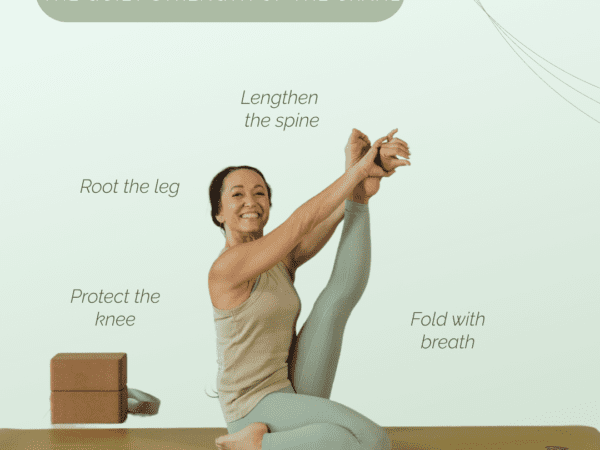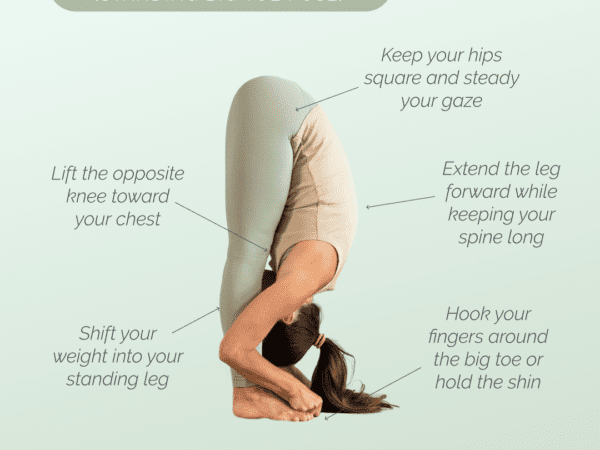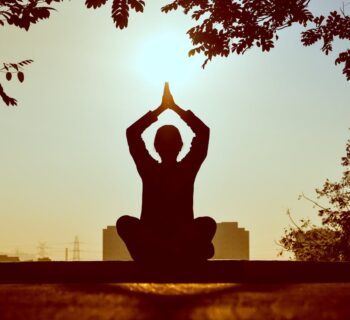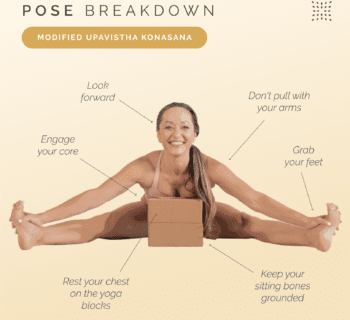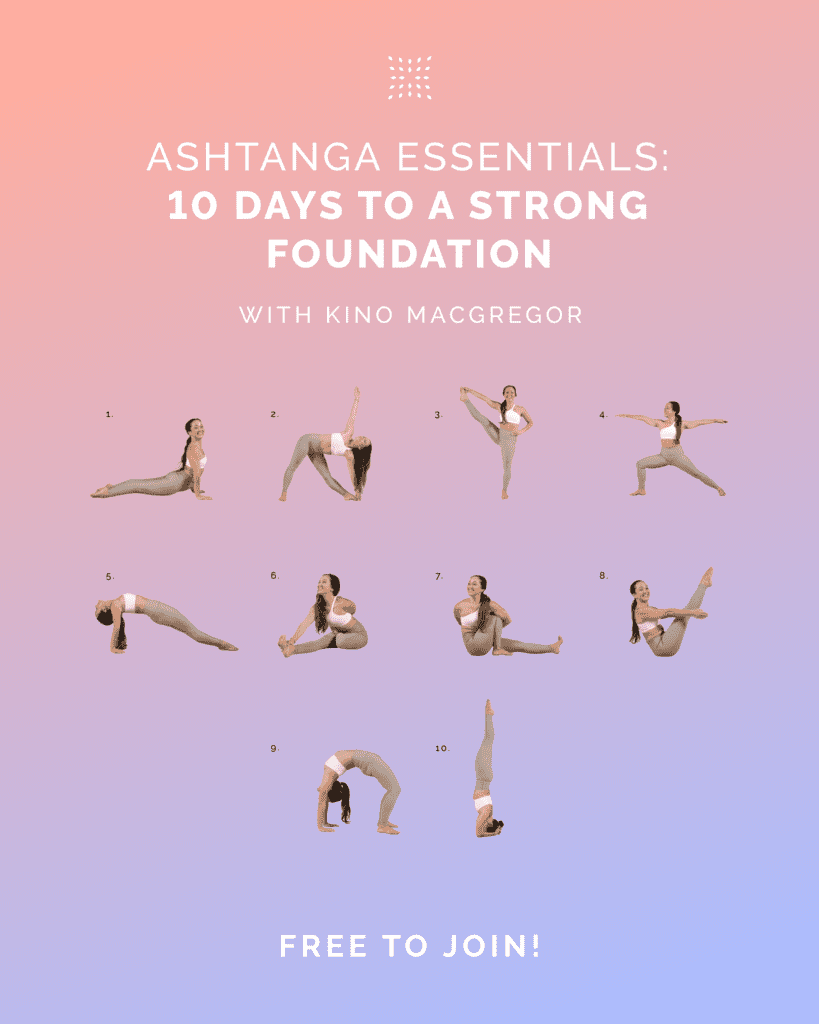Welcome to our step-by-step guide on how to do the modified parighasana, also known as the gate pose. This beginner-friendly yoga pose provides a gentle stretch for the side body and increases flexibility in the spine. Whether you are new to yoga or looking to deepen your practice, our detailed instructions will help you master this pose with ease. Let’s dive in and explore the modified parighasana together. You’ll get all of the tips and techniques you’ll need to do the pose here.
What are some of the benefits of doing modified parighasana?
Modified parighasana, also known as gate pose, is a wonderful yoga asana for beginners. It offers a range of benefits for both the mind and body. Here are some of the key benefits of practicing modified parighasana:
1. Stretches the body: Modified parighasana is a deep side stretch that primarily targets the sides of the body, including the hips, ribcage, and waist. This helps to release tension and tightness in these areas, promoting overall flexibility and mobility.
2. Opens the chest and shoulders: As you extend one arm overhead in modified parighasana, it creates a deep stretch in the chest and shoulders. This can help improve posture, relieve upper back tension, and enhance breathing capacity.
3. Lengthens the spine: The elongated, straightened spine in modified parighasana helps to improve posture and create space between the vertebrae. This can alleviate back pain and improve spinal alignment.
4. Calms the mind: Modified parighasana is a gentle and soothing pose that can help calm the mind and reduce stress. The focused breathing and mindful movement involved in this pose can promote relaxation and a sense of inner peace.
Contraindications for Modified Parighasana
While modified parighasana offers many benefits, it is important to be mindful of any contraindications and to listen to your body. It is always important to use precautions and take steps to make sure your are safe when practicing any yoga pose. Here are some contraindications to be aware of before practicing modified parighasana:
1. Knee or hip injury: If you have any knee or hip injuries or conditions, it is best to avoid or modify this pose. Putting pressure on these areas can exacerbate any existing issues.
2. High blood pressure: Modified parighasana involves a deep side stretch, which can increase blood pressure. If you have high blood pressure, it is important to avoid straining or overstretching in this pose.
3. Recent abdominal surgery: If you have had any recent abdominal or digestive surgery, it is best to avoid modified parighasana. Twisting movements can put strain on the abdominal area and may disrupt the healing process.
4. Pregnancy: If you are pregnant, it is best to avoid deep twists and stretches like modified parighasana. It is important to consult with a qualified prenatal yoga instructor for safe modifications and alternatives.
5. Spinal issues: If you have any spinal issues or conditions, such as herniated discs or spinal fusions, it is important to approach modified parighasana with caution.
How to do Modified Parighasana
Now that you know the benefits of practicing modified parighasana, let’s move on to the step-by-step instructions on how to do one of the chair variations of this pose:
1. Start by sitting in a chair with your feet flat on the floor in front of you.
2. Keep your right foot out in front of you. Open the left hip and extend the left foot to the side. Try to straighten the leg and keep sole of the foot on the floor.
3. Engage your core and lengthen your spine as you inhale.
4. As you exhale, slowly slide your left hand down your left leg, reaching towards your ankle or shin. Extend your right hand overhead.
5. Avoid collapsing into your left side. Instead, imagine lengthening your right side and reaching toward the ceiling.
6. Keep your neck in line with your spine and gaze forward or up towards your extended hand.
7. Breathe deeply and hold the pose for 5-10 breaths.
8. To release, inhale and slowly lift your torso back up to a kneeling position.
9. Repeat the pose on the opposite side.
You can find out how to do the unmodified version of parighasana here.
Remember to listen to your body and only go as far as feels comfortable for you. It’s important to warm up before attempting these poses and to practice with proper alignment and breathing. As with any new exercise, it’s always a good idea to consult with a qualified yoga instructor before starting a new practice. Enjoy exploring these poses and have fun with your yoga journey!
Are you looking for more guidance on your yoga journey? Sign up for Omstars to get access to thousands of yoga classes in the comfort of your own home. Click here to start your subscription.



